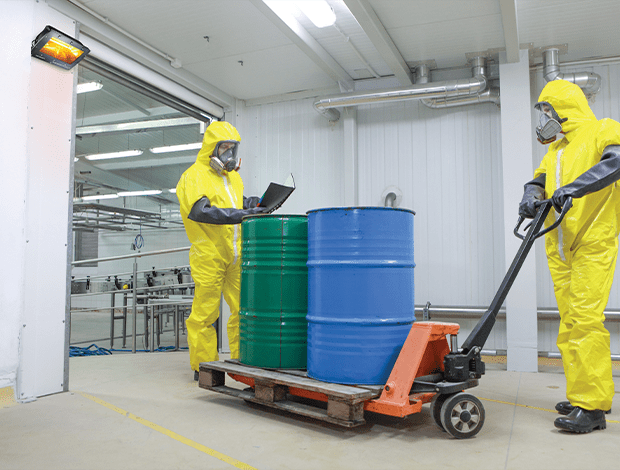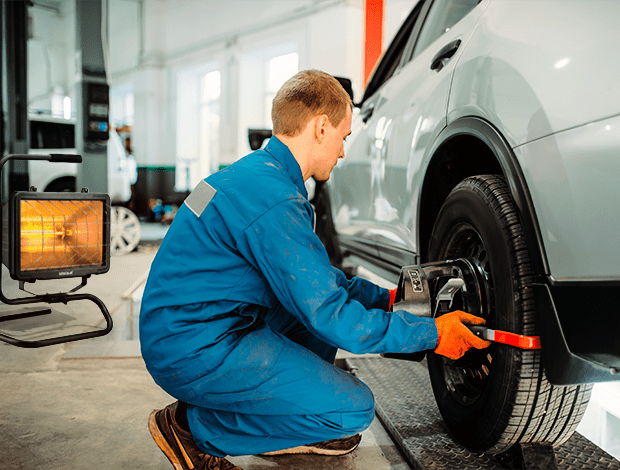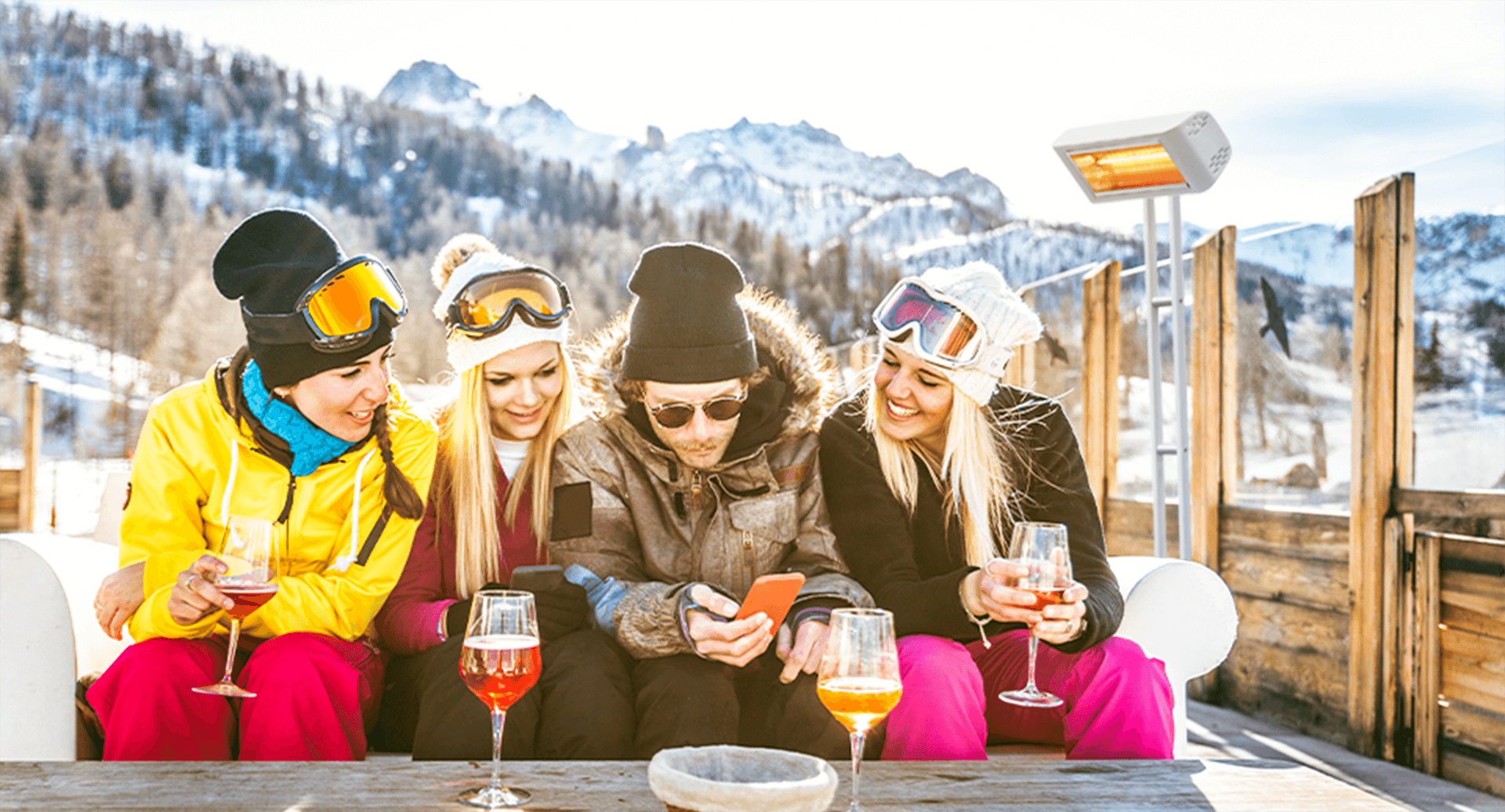
In recent years, we have rediscovered the importance and beauty of being outdoors, partly due to the long period of isolation to which we were subjected. “Dehors” allow us to be outside and are an increasingly fundamental part of the customer experience, especially in the restaurant world.
But more specifically, what are “dehors”? And what is the best way to warm them up during the cold seasons?
What are “dehors”?
The term “dehors” comes from the French word meaning “outside”. In Italy, the term generally refers to outside spaces that are used to accommodate customers of commercial activities such as bars and restaurants. These outside spaces, or “dehors”, may consist of verandas, terraces, gardens or other outdoor spaces, and are often furnished with tents, tables, chairs, awnings and umbrellas to provide sufficient shelter from the sun, wind and other elements.
In essence, “dehors” are outdoor spaces adapted to provide a comfortable experience for the customers of a business.

Why are outdoor areas important for a business?
Outside spaces have become more and more important in recent years: the desire of customers to eat outside or spend time in the open air has grown exponentially, especially due to the effects of the pandemic. Furthermore, there is a growing awareness, especially within large cities, of the impact of urbanisation on the quality of life: there are fewer and fewer outdoor spaces available and it is understandable that the need to be outdoors is constantly increasing.
Secondly, terraces enhance the variety of the retail environment, increasing customer choice, and can be used to create a pleasant and cosy atmosphere.
From a restaurateur’s perspective, therefore, patios can increase revenue potential, because they improve the customer experience and increase the seating capacity of the business.

What is the best way to heat “dehors”, or outdoor areas, during the cold season?
Patios are great during the warmer times of the year, but can be a little less attractive during the colder seasons. However, there are several ways to warm them up and make them comfortable for customers, even when it is far too cold outside.
Here are some of the best systems for heating outdoor areas during the colder seasons:
Gas heaters
Gas heaters are a fairly common option for heating outdoor areas during cold seasons. They can be powered by natural gas (or propane) and come in many different styles and sizes. They are generally able to provide heat for a sufficiently large outdoor area at an affordable cost.
However, gas heaters are not ideal in multi-sided open areas because they require good insulation to adequately heat a room without wasting energy. In addition, gas heaters need frequent maintenance and require specific safety requirements to ensure their proper functioning and avoid dangerous gas leaks.
Another drawback is their dependence on gas, which, besides being environmentally unsustainable, is also subject to numerous price fluctuations.

Electric heaters
Electric heaters are a common choice for heating outdoor areas during cold seasons and, as with gas heaters, there are advantages and disadvantages to consider.
Electric heaters are certainly one of the safest solutions for heating outside spaces because there is no risk of gas leaks and they are unlikely to cause fires. They are also generally easy to install, do not require much maintenance and can be powered by electricity from renewable sources.
In order for these heaters to be truly sustainable, however, the area to be heated must be small and properly insulated, otherwise there is a risk of large energy wastage and significantly higher costs than with other heating systems.
Infrared heaters
Infrared heating systems are a very popular solution for heating outdoor areas during the winter. These heaters use infrared radiation to heat objects and people in the area, but without directly heating the surrounding air. This means that heat is delivered in a precise and targeted manner, making infrared heaters the ideal solution for heating large outdoor spaces without the need to install curtains or insulating screens.
Infrared heaters are also energy-efficient and can easily be installed on walls or ceilings, although they must be properly directed to efficiently heat specific portions of the patio.
In addition, infrared heaters are quiet and do not need constant maintenance, they are easy to use and provide immediate heat, they are safe for our health and do not generate pollutants.
